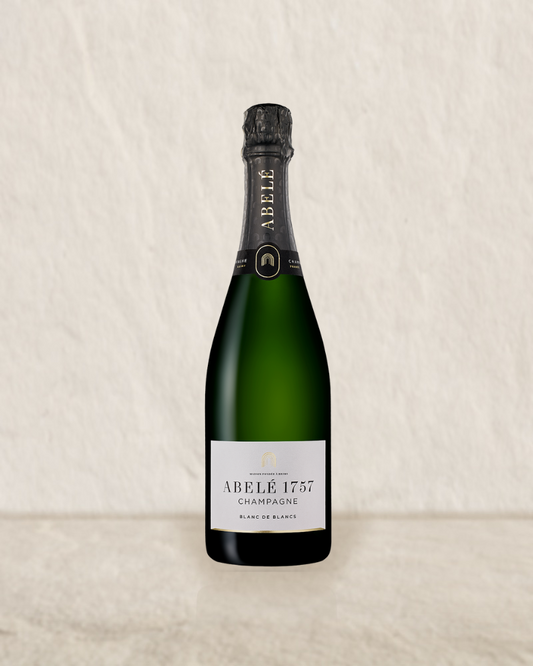Montagne de Reims
The area is south of Reims, and directly north of Epernay. Montagne means “mountain” in French but is more a series of hills rather than mountains. A partially forested area its reputation and legend is built on the Pinot Noir (accounting for over half the plantings).Villages such as Verzenay, Bouzy and Ambonnay are responsible for some of the best Pinot Noir in all of Champagne.
The Cote des Blancs
Situated south of Epernay, the Cote des Blancs stretches between Cuis to the north and Bergeres-les-Vertus to the South. It runs along a line of land dominated by forests with easterly facing vineyards. The Cote des Blancs is the undisputed king of Chardonnay, but whether the region was named after the grape variety or the chalky hillsides is unclear. The wines from the various villages of the Cote des Blancs each have their own unique characteristics and are sought for their special contributions to a blend. The grand crus have each established an enviable reputation for their particular features: Avize, renowned for its lightness and delicacy, Cramant for its lifted perfume, Mesnil, for its vibrancy.
Vallee de la Marne
The largest of all the districts, it lies due west of Epernay. It is best known for the Pinot Meunier which accounts for two thirds of the plantings. As the Marne Valley is more exposed to frost due to the flatter lands, the Meunier comes into its own as it is much more resistant than either Chardonnay or Pinot Noir. Meunier is also appreciated for its fruitiness and forwardness making it ideal for non-vintage blends. The most famous villages are those closest to Epernay; Ay, Dizy,Hautvilliers, Cumieres, and Mareuil-sur-Ay.
The Aube / Cotes de Bar
Situated 120 kilometres southeast of the Marne Champagne, the Cote de Bar has always felt like a distant cousin to the rest of Champagne. Bearing the stigma of originally being classified a deuxieme zone; it has fought to be recognized since the turn of the century. The government of the period was then seeking to limit the boundaries of Champagne to stop fraudulent practices and the blending of inferior material from outside regions (and countries). Marne Champagne wished to exclude the area from the Champagne viticole citing that the reputation of Champagne was built on the wines of the Marne and that the soils were completely different and inferior.
The Cote de Bar does possess different soils and climate; however it also contains the only wine that has received its own communal AOC within Champagne: Rose des Riceys, one of the most highly regarded rose’s in all of France. The Cote de Bar is now one of the fastest growing regions in Champagne because most areas of the Marne are now completely planted, and with modern viticulture methods; the quality of the wines has never been better. The difference in soil and climate often sees wine being fuller in character perhaps, but they are a welcome addition to the rich tapestry which is Champagne.
The soils of the Marne consist of limestone topsoil from the Tertiary period overlaying layers of Belemnite and Micraster chalk from the Upper Cretaceous period. The Cote de Bar however is from the Upper Jurassic period with Portlandian cap rock overlying Kimmeridgian soil, and geologically it closer resembles the neighboring area of Chablis. The climate is warmer and the wines produced tend to be fuller in body. As Champagne is generally a blend of many crus and areas, no one feature should ever predominate the whole. When the late, great Daniel Thibault set about to improve the house style of Piper-Heidsieck his two major innovations were firstly the introduction of malolactic fermentation, to give the wine a rounder more accessible wine and secondly the addition of a greater proportion of wines from the Cote de Bar. Thibault made use of these wines as they gave wines more fullness, making the wines more approachable at an earlier stage.






